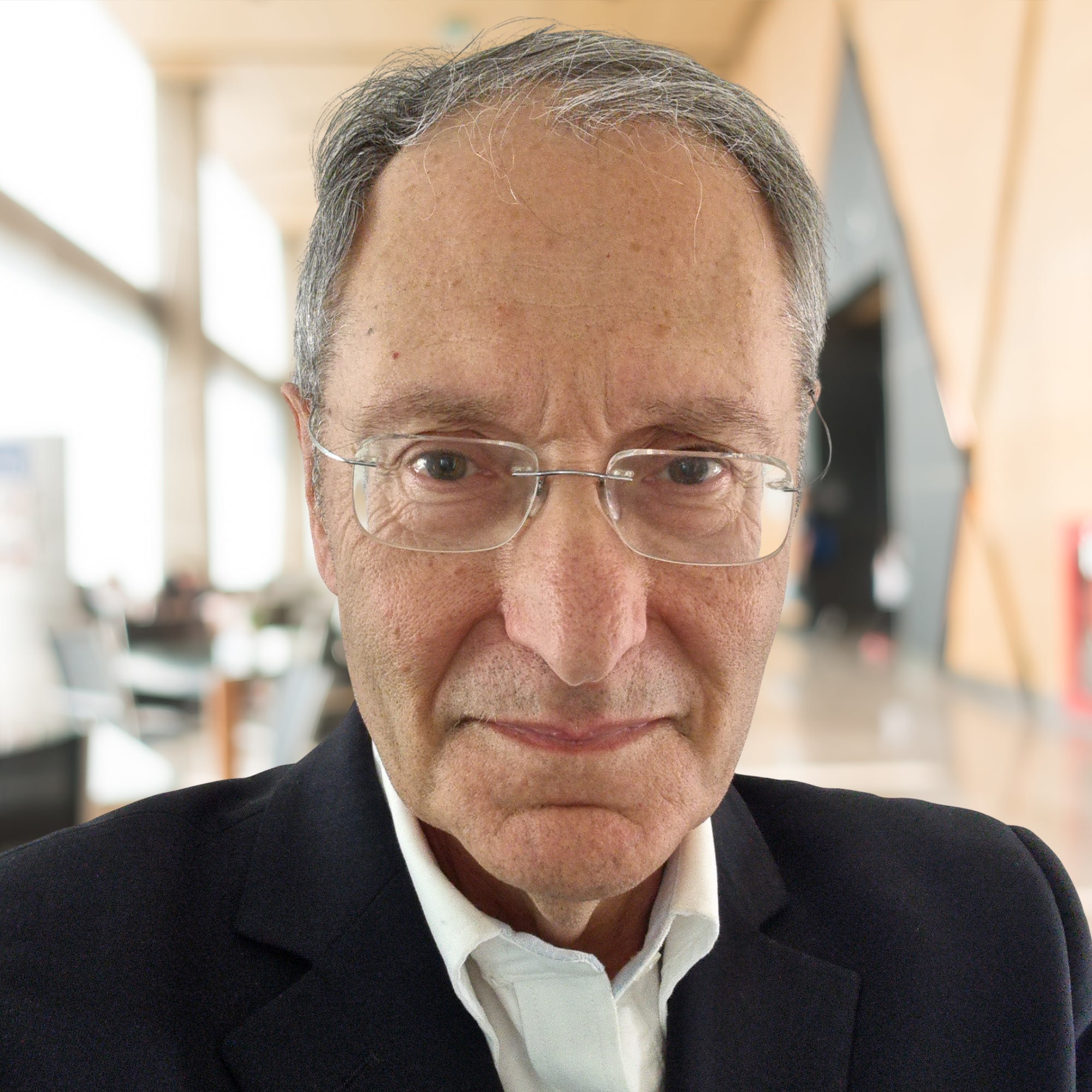“Pipe of Peace” or “Piece of Pipe”?

September 20, 2024

The recent Presidential Debate between Donald Trump and Kamala Harris had all the trappings of gladiatorial combat in ancient Rome. Billed in even respectable broadsheets as “The Showdown”, “Battleground”, “Contest That May Determine the Presidential Race” – the “debate” was marketed in the most sensational manner possible, so as to maximise viewer ratings.
Although Harris approached Donald Trump with a handshake at the outset, introducing herself as “Kamala Harris” (in case that should come as a surprise) the courtesies stopped within seconds, and the trajectory turned personal: “She’s a Marxist”, “He doesn’t care about you – he only cares about your vote.”
And of course all the “post-fight analysis” was about “who won?” rather than whose policies are to be preferred, or what course might be the best direction domestically or internationally, for the world’s leading super-power.
Several decades ago, ironically also in the States, much research was carried out on moving from the combative approach to conflict resolution, to that of collaboration. The idea was that if you present the two conflicting parties with a scenario in which – rather than one party having to “win” – a workable accommodation might be more effectively achieved by both parties working together to find a way through. Some of the experimentation was with fairly bitter Union/Management controversy, other trials were conducted with schoolchildren who were put into teams with a rival group, to see if they could devise a resolution. The children in particular were found to thrive with the challenge, and often found ways to “make deals.”
Roger Fisher and William Ury at Harvard, nearly fifty years ago, were talking of the importance of “separating the people from the problem.” Collaborative Mediation is now very much part of the conflict resolution landscape – particularly in matrimonial disputes where the parties and their lawyers meet together to try to avoid litigation (although as depicted in film scenes, there never seems to be very much team-work going on. Perhaps collaboration and resolution make for poor cinema).
Not all disputes lend themselves to collaboration. It’s just unrealistic in some cases to expect the parties to work productively together, particularly when their relationship has been soured by the nature of the dispute, or prolonged (and costly) pre-trial skirmishes. In such cases, the mediator, playing the more conventional role of a go-between, helping the parties to edge closer to an acceptable accommodation, is the more sensible course. But many business disputes can benefit from the talents of the parties themselves, principally because their background is in deal-making – but also (if personal animosity doesn’t exist, or, can be parked for a while) the dynamic that comes out of both parties applying their ingenuity and common desire for a resolution, together, can produce surprising and positive results.
The late great Tommy Cooper had a skit in which he entered the stage with a large and beautiful pipe in one hand. “Wassat then?”, he’d ask the audience. When no-one answered, he’d tell them “Pipe of Peace.” Then from the other hand he’d produce some plumbers’ lead piping. “Wassat then?” again he’d ask – again to be met by confused silence by the audience. “Piece of Pipe!” he’d say, followed by his trademark infectious laughter.
The truth is that a collaborative pipe of peace with the other side, combining efforts to get to “yes”, often is more productive than proverbially whacking each other over the head with a piece of pipe. Bipartisan political collaboration also exists – although it may be overly optimistic to expect to see much of that in the current political landscape.



